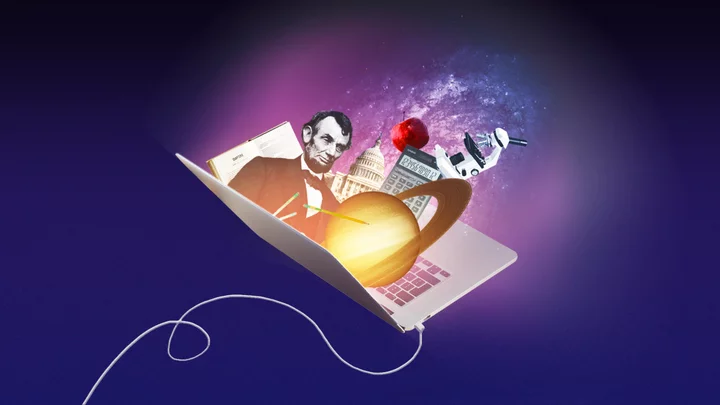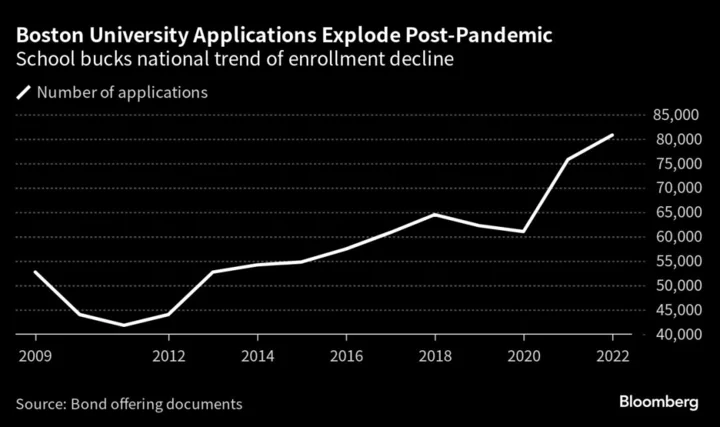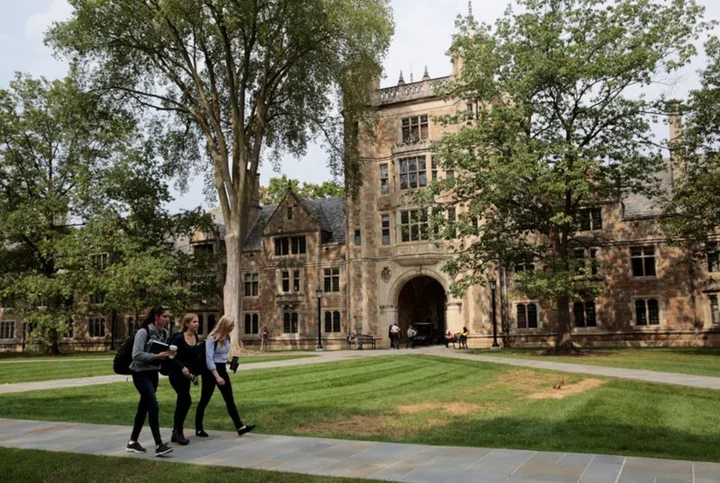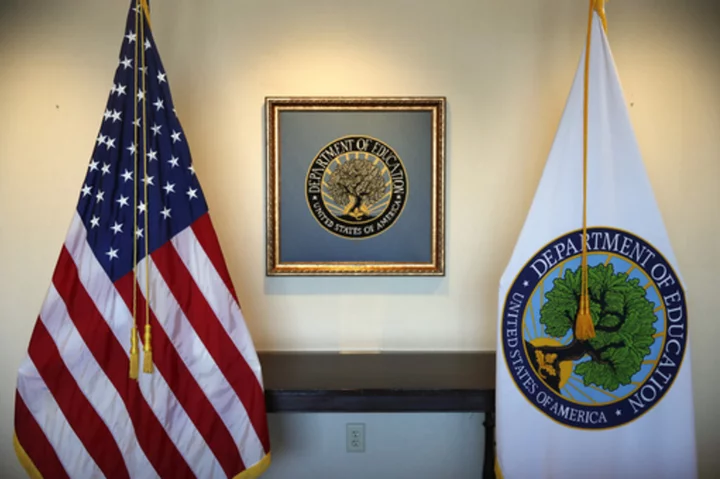Amid continued uncertainty — and equal amounts of growing interest — surrounding the use of ChatGPT in classrooms, OpenAI released a new Teaching with AI guide to help educators effectively incorporate the generative AI tool in their students' learning.
The resource includes an Educator FAQ on ChatGPT's use, as well as learning prompts to support interested educators seeking ways to incorporate ChatGPT in learning environments or their own classroom planning. It also includes OpenAI's suggested uses for the AI chatbot, including generating lesson plans and quizzes, roleplaying conversations or debates, and mediating classroom hurdles for English language learners.
SEE ALSO: Google AI-powered search gets better at citing its sourcesImplied in OpenAI's guide is the expectation that educators maintain oversight over ChatGPT's use, suggesting that both teachers and students collaborate and share their ChatGPT conversations with each other as they explore the technology. The prompts function as primers for the AI chatbot that the educator can then offer as examples for students or fellow teachers, or send directly to students for their own use in assignments.
"By keeping a record of their conversations with AI, students can reflect on their progress over time," OpenAI writes. "They can see how their skills in asking questions, analyzing responses, and integrating information have developed. Teachers can also use these records to provide personalized feedback and support individual growth."
How educators can avoid plagiarism
In addition to explanations of how ChatGPT can be used for student feedback and an acknowledgement of its own biases, the FAQ also notes the limits of detectors used by educators to find AI-generated content in student assignments — tools which have recently come under fire for inaccurately flagging plagiarism and for singling out submissions by non-native English speakers. In July, OpenAI took down its own AI-detection software, a ChatGPT plagiarism finder known as AI Classifier, for reported "low accuracy" results.
"While some (including OpenAI) have released tools that purport to detect AI-generated content, none of these have proven to reliably distinguish between AI-generated and human-generated content," OpenAI writes. "Even if these tools could accurately identify AI-generated content (which they cannot yet), students can make small edits to evade detection."
OpenAI instead suggests teachers keep a record of student ChatGPT use, ask students to "show their work" and record their ChatGPT conversations, and encourage what the company calls "AI literacy" by modeling uses and analyzing the AI's responses.
How to use ChatGPT effectively in school settings
OpenAI's four ChatGPT example prompts were written by Ethan and Lilach Mollick, professors and researchers at the University of Pennsylvania's Wharton Interactive and prominent AI proponents.
The lengthy prompts are designed to be copied and pasted directly into a ChatGPT conversation to establish the AI's directive. Once it acknowledges the prompt, users can then proceed by answering its questions and guiding its responses.
Prompt A (Come up with lesson plans) and Prompt B (Create effective explanations, examples, analogies) serve as examples of how educators can use ChatGPT for their own classroom use. Prompt C (Help students learn by teaching) and Prompt D (Create an AI tutor) suggest how students can interact with the chatbot to help them study or complete assignments. Teachers can either have their students prime their ChatGPT conversation themselves, or pre-prompt a conversation and share with their class (students will need their own OpenAI accounts to be able to edit the conversation).
Educators might also use the chatbot's new "custom instructions" feature to establish general settings and directives for all ChatGPT conversations.
The guide warns educators of potential inaccuracy and advises ChatGPT be used as "only a starting point," requiring the instructor to decide on how to use the model's output after reviewing it as "the expert...in charge of the material."
"It is inadvisable and against our Usage Policies to rely on models for assessment decision purposes without a 'human in the loop' (i.e., a person who may use AI as an aide, but who ultimately makes the decision using their own judgment)," OpenAI notes. "Models today are subject to biases and inaccuracies, and they are unable to capture the full complexity of a student or an educational context."
Also important for all to keep in mind: ChatGPT isn't connected to the internet, so it has limited data sources (and thus a limited ability to answer questions) incorporating information past 2021. And educators may need to consider evolving district policies before integrating ChatGPT within their classrooms.
Educators interested in learning more can find additional resources, including online courses on AI use by the International Society for Technology in Education (ISTE) and Microsoft, in OpenAI's guide.









